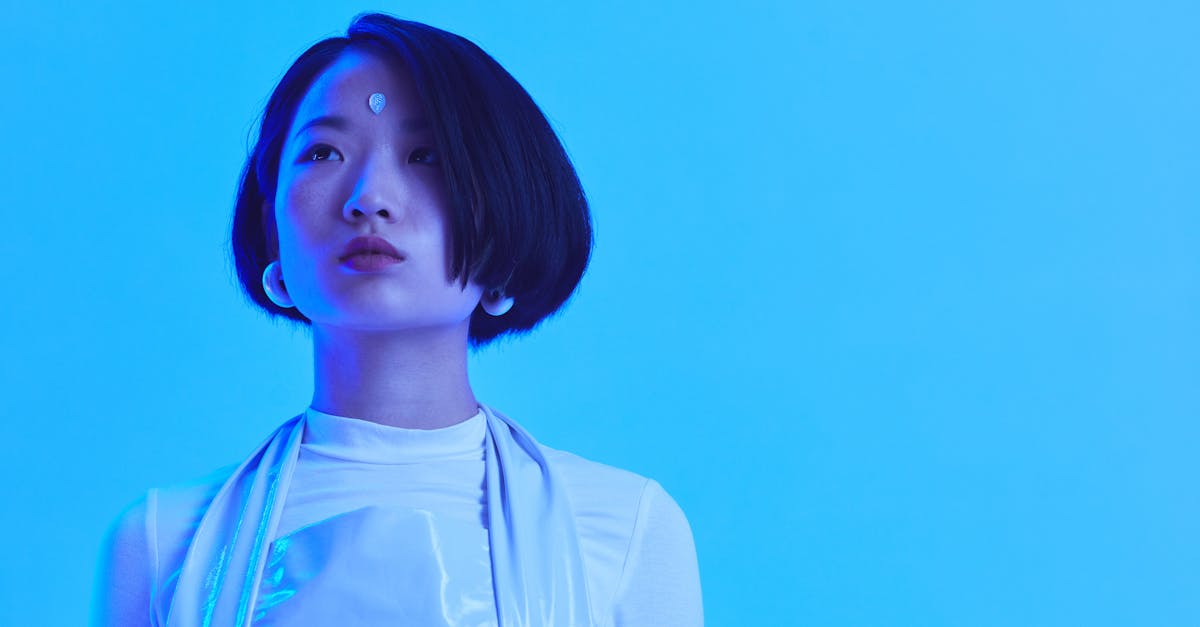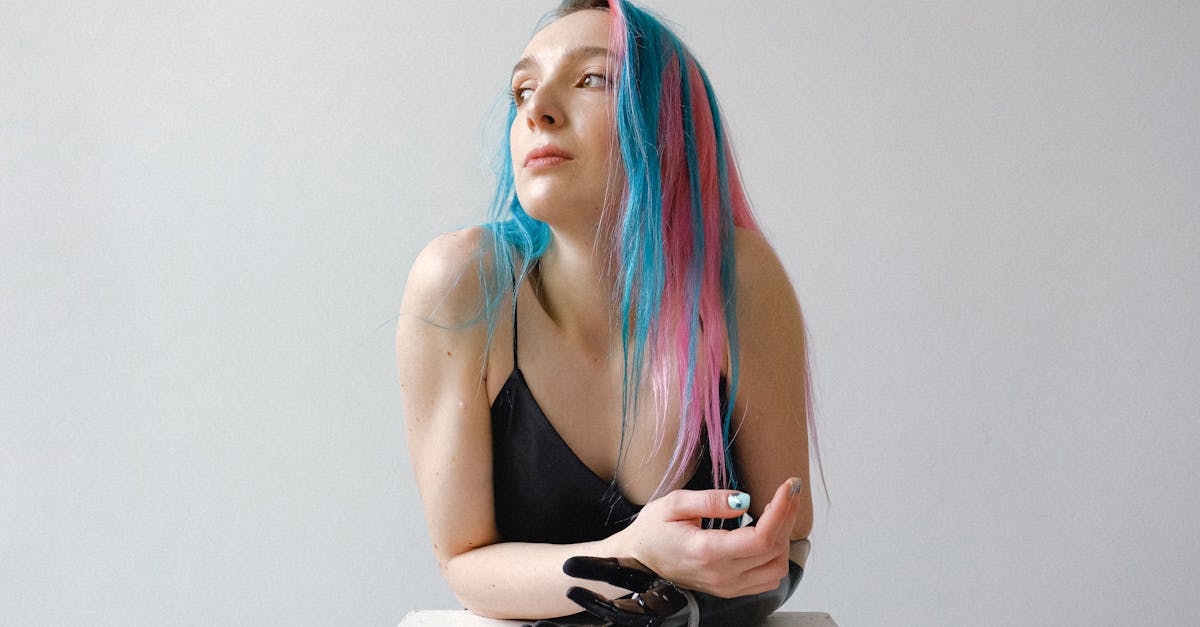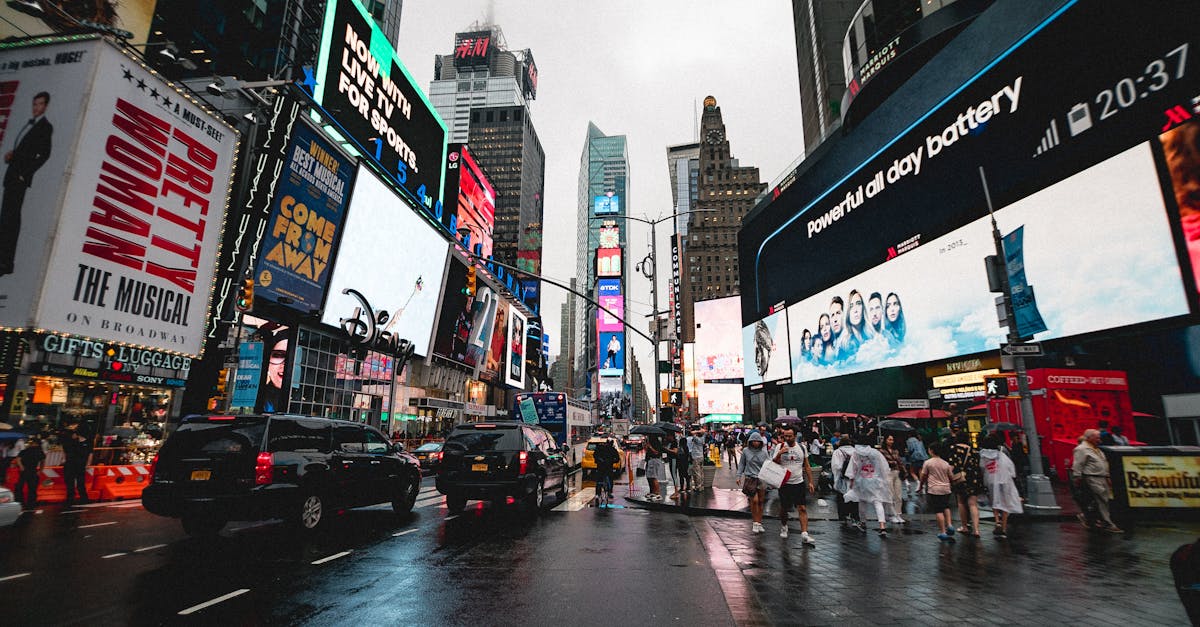Future Fashion Synergies 2025
Introduction
The fashion industry has always been a dynamic realm of creativity, innovation, and cultural expression. As we look towards 2025, the landscape of fashion is set to undergo transformative changes driven by technology, sustainability, inclusivity, and global collaboration. What can we expect from this fusion of traditional craftsmanship and cutting-edge innovations? How will trends like AI, augmented reality, and sustainable practices redefine our wardrobes? The future of fashion is a fascinating convergence of past and future, where style meets technology in unprecedented ways. In this article, we unveil the key elements shaping fashion synergies for 2025.
Advertisement
Sustainability in Fashion
Sustainability has emerged as a guiding principle across industries, and fashion is no exception. With environmental concerns escalating, designers and brands are embracing eco-friendly materials and processes to minimize their carbon footprint. Fabrics like organic cotton, recycled polyester, and plant-based textiles are taking center stage, reducing dependency on conventional fabrics. Innovations in eco-dyes and waterless dyeing techniques further contribute to more sustainable production. Brands adopting a circular economy model focus on extending the lifecycle of garments, through recycling, upcycling, and resale platforms. This shift reflects a growing consumer demand for ethical and environmentally responsible fashion.
Advertisement
Technological Integration
Technology is revolutionizing the fashion industry, transforming how clothes are designed, produced, and consumed. Artificial intelligence (AI) plays a crucial role in trend forecasting, enabling brands to align with consumer preferences accurately. Virtual fitting rooms and augmented reality (AR) apps allow customers to visualize garments without physical try-ons, enhancing the convenience of online shopping. 3D printing technology facilitates rapid prototyping and customizable designs, catering to personalized consumer needs. Blockchain offers transparency in the supply chain, illuminating the origin and journey of each garment. These technological integrations signify a move towards a more efficient, customer-centric fashion ecosystem.
Advertisement
Digital Fashion and Metaverse
As digital and physical realms increasingly intersect, digital fashion is gaining traction. Avatars in the metaverse sport couture that exist solely in the digital domain, becoming a new currency of self-expression. Fashion houses are collaborating with graphic designers to create exclusive digital collections, allowing wearers to stand out in virtual spaces. Non-fungible tokens (NFTs) further solidify ownership of these digital assets, blurring the line between art and fashion. This evolution offers a sustainable alternative, sparking discussions about the value of digital vs. tangible garments. The metaverse is set to redefine how individuals relate to fashion, introducing novel possibilities for brand engagement.
Advertisement
Inclusivity and Diversity
Inclusivity is pivotal in shaping future fashion, as industry players embrace diverse narratives. The exploration of plus-size, gender-neutral, adaptive, and ethnically inclusive designs aims to democratize fashion. Mainstream brands are increasingly featuring diverse models and body types in their campaigns, challenging beauty norms. Adaptive clothing lines cater to the needs of differently-abled individuals, merging style with functionality. Collaborations with BIPOC designers and communities signal a more inclusive future. Consumer demand for representation and equity is driving brands to create collections where everybody feels seen, heard, and celebrated, making fashion a platform for empowerment.
Advertisement
Local Artisans and Global Influence
While global connectivity continues to thrive, there's a simultaneous return to local craftsmanship and heritage. Designers collaborate with local artisans to infuse traditional techniques with contemporary aesthetics. Handwoven textiles, intricate embroidery, and indigenous patterns gain prominence, promoting cultural sustainability. This movement acknowledges the efforts and skills of artisans, encouraging fair trade practices and financial empowerment in local communities. Sharing stories through fashion builds bridges between cultures, preserving age-old craft while introducing contemporary designs to a diverse audience.
Advertisement
Consumer-Centric Experience
In a digital-first world, consumer experience is pivotal to a brand's success. Personalized shopping experiences gain traction through smart algorithms, recommending styles tailored to individual tastes. Interactive platforms enable consumers to co-design pieces, fostering a deeper connection with brands. Live-streamed fashion shows offer real-time interaction, engaging shoppers worldwide. Fashion retailers are deploying technologies that tailor experiences, ensure comfort, and bolster brand loyalty. By putting consumers at the core, the industry creates meaningful relationships, ultimately enhancing satisfaction and retention.
Advertisement
Sustainability in Fashion Supply Chains
Revolutionizing supply chains with sustainability initiatives is paramount. Smart manufacturing technologies minimize waste, energy consumption, and improve resource allocation. Innovations like bio-fabrication and compostable packaging impact how garments are made and distributed. Investors and policymakers support this revolution to ensure sustainability objectives align with national agendas. Transparent supply chains empower consumers to make informed decisions, valuing ethics over quantity. Such initiatives depict a future where fashion doesn't compromise environmental health, illustrating a harmonious coexistence between style and responsibility.
Advertisement
Resurgence of Traditional Textiles
As we embrace innovation, there's an equal appreciation for heritage and traditional textiles. Cultures across continents revive distinct weaving techniques like Ikat, Tweed, or Raffia, each carrying a narrative from its origin. The fashion world turns to these artisanal techniques, preserving family legacies and skills passed through generations. Designers reimagine these ancient patterns for contemporary markets, elevating their presence on global runways. Consumers seeking unique, meaningful connections gravitate towards these elegant textiles, appreciating their intricate beauty and historical importance. It is a testament to fashion's cyclical nature and respect for its roots.
Advertisement
Conclusion
The fashion industry's evolution by 2025 is poised to breed astonishing synergies, merging tradition with modernity. Sustainability, technology, and inclusivity guide this transformation, redefining how we perceive and interact with fashion. As designers and brands innovate and collaborate across global boundaries, fashion becomes an inclusive tapestry of stories, cultures, and experiences. With each element, be it digital, local art, or artisan craft, shaping tomorrow’s wardrobe, we edge closer to a future where fashion transcends appearance and becomes a force of positive change. These future fashion synergies promise not only to transform our wardrobes but also our world, one thread at a time.
Advertisement





